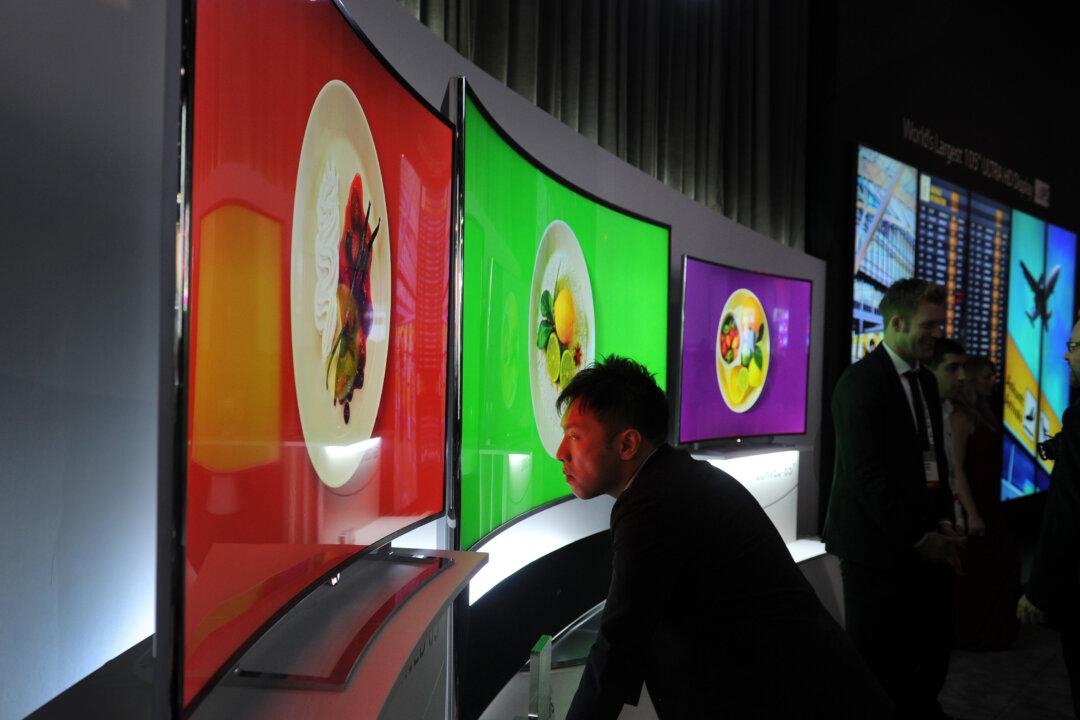Back in December 2017, when the South Korean government granted approval to LG Display (LGD), a subsidiary of South Korean conglomerate LG Corp., to build a manufacturing plant in the southern Chinese city of Guangzhou to produce its high-tech TV panels, South Korean authorities urged LGD to establish measures to protect its technology from theft.
After all, the advanced technology, known as organic light-emitting diode (OLED), is considered valuable to the country’s economy and is typically restricted from export to protect domestic industry. LGD plans to invest 5 trillion won (about $4.5 billion) into the plant, according to a report by Business Korea, a South Korean magazine, seeing potential in the growing global demand for OLED television screens.
Those precautions proved prescient, as South Korean media recently reported that the Chinese regime has pressured LGD to transfer its OLED manufacturing technology as a condition for approving the factory’s construction.
Chinese authorities also pushed LGD to establish an OLED research and development center in China and procure more Chinese-produced parts and materials, according to a June 4 report by Hankyung News, a South Korean business publication.
Chinese screen display makers are currently able to produce OLED panels for smartphones, but have not yet developed the technology to produce large OLED panels for TV screens, Hankyung News added. LGD is also the world’s only mass manufacturer of large OLED panels for use in TVs, according to Business Korea.
To establish the factory, which is slated to begin production in 2019, LGD entered into a joint venture with the Guangzhou city government, with LDG to take a 70 percent stakes and the municipality to take a 30 percent stake. The joint venture is awaiting approval by China’s Ministry of Commerce, according to South Korean business news site The Bell.
Forced Tech Transfer
The persistent phenomenon of forced technology transfer in China has been one of the core issues U.S. President Donald Trump’s administration has sought to tackle through trade sanctions on China. As in the case of LGD, foreign firms are often pressured to transfer their technology in exchange for market access.





